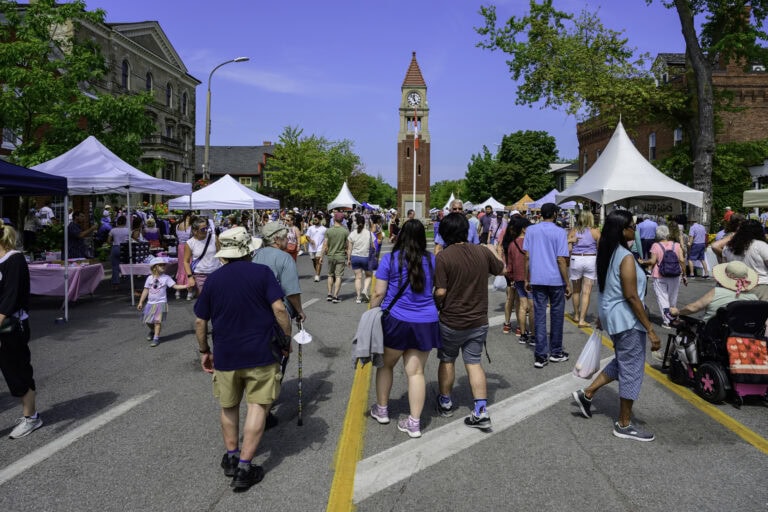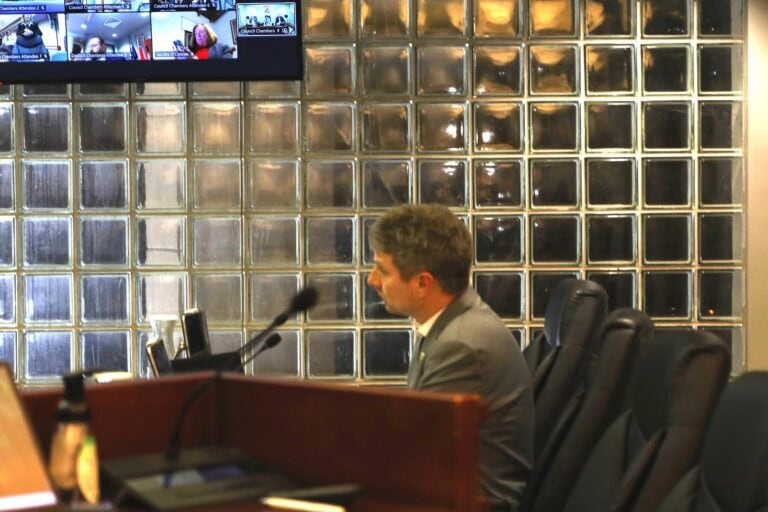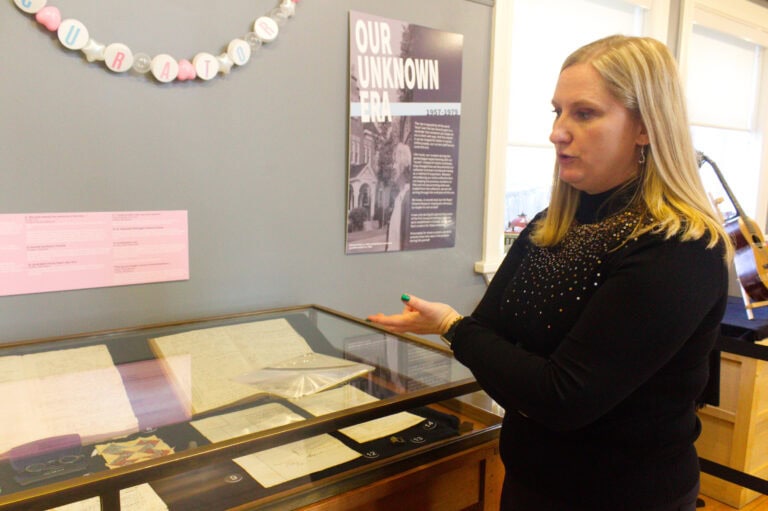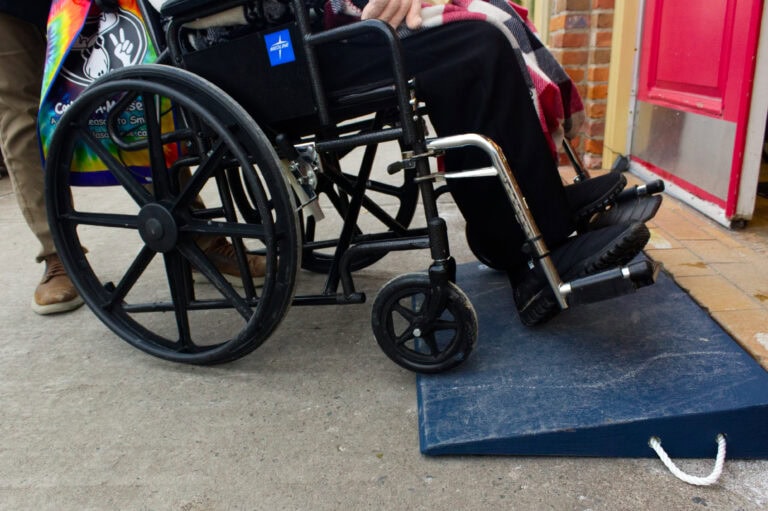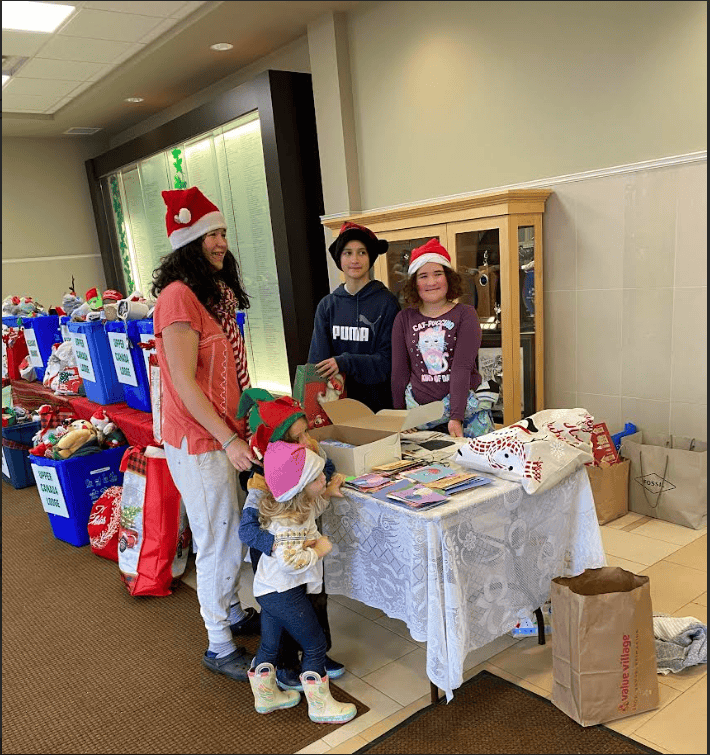Steve Hardaker
Community Correspondent
Niagara regional council has formally approved an official plan amendment to implement the long-term vision and key directions set out in the Glendale District Plan.
When fully built, after 2041, regional growth projections estimate Glendale will have a population of 15,000, along with 7,500 jobs, including current residents and jobs.
Adopted last week, the plan for Glendale covers about 700 hectares, 400 of which are developable lands, located primarily within Niagara-on-the-Lake, with a small portion in St. Catharines. The district plan envisions a vibrant community where residents can live, work and play.
The boundary of the amendment area includes Queenston Road to the north, Concession 7 Road to the east, Niagara Escarpment to the south, and the Welland Canal to the west.
The regional official plan amendment, known as ROPA 17, reflects the Glendale District Plan's vision for a proactive development strategy that supports growth and economic prosperity.
Lord Mayor Betty Disero, who is also a member of regional council, thanked the public “for their valuable contributions to this effort. This is a very important step for the Niagara-on-the-Lake community.”
“It will open opportunities for thousands of new residents and businesses, while we ensure our community remains distinctive, sustainable with smart, balanced growth,” she told The Lake Report in an emailed statement.
“While we will still have to sort out the details of this new neighbourhood in our community, there is so much potential for green trails, amenities and mobility options.”
Glendale will become a “spectacular landmark for Niagara-on-the-Lake and an example of what can happen when the public and government work together.”
The first step for the town was funding enhancements for the new QEW/Glendale Avenue diverging diamond interchange.
“Our contribution will allow for the creation of a gateway that will finally join both sides of the highway in a proper, more prominent way, bringing all of Niagara-on-the-Lake together as one community,” Disero said.
NOTL Regional Coun. Gary Zalepa, who also sits on the regional planning and economic development committee, told The Lake Report the plan “provides an opportunity for the entire town of NOTL to address the top issues facing our community.”
“ROPA 17 sets the stage for implementing the planning and policy cornerstones” and provides the community with places to live, work and visit.
Housing affordability, employment growth and infrastructure development are among the top issues, he said.
“This gateway to our community, with access to the QEW and central location in the Niagara Region will support our joint future,” he said in an email.
“Housing variety is supported. Different forms and density will assist long term in mitigating the current housing availability issue. Place to live.”
“Employment growth lands, supported by the educational institutions in Glendale and Niagara Region, provide our community with the opportunity to attract quality business investment. Place to work.”
“Infrastructure assets are identified for transportation. Connectivity for public transit, GO service enhancements and a future rail platform. Place to visit.”
Creating the Glendale District Plan was a 2 1/2-year effort to develop a vision and plan to guide future development in Glendale.
Development of the district plan was a collaborative effort involving the town and the Region of Niagara, municipal leaders, residents, Niagara College, stakeholders and land owners, as well as several public consultation meetings.
The area will offer a mix of housing options, a main street between Glendale Avenue and the Outlet Collection, a dedicated employment area, a hospitality district, a transit hub, greenspace and walking trails and new amenities to support the population of the district.
There are opportunities to recognize the local heritage features, land forms, cultural history and the many environmental features in the Glendale area.
Last year, there were recommendations from the Friends of Laura Secord to use the opportunity to recognize the geographic, historical and cultural attributes that may one day lead to a renaming of Glendale to a more relevant name.
Next up will be an updating of the Town of Niagara-on-the-Lake’s Glendale secondary plan to reflect the directions in the Glendale District Plan. The secondary plan was first approved by town council in 2010.
This updating will once again be a collaborative effort between the town and region and further assess the land use concept and prepare detailed policy and mapping to implement the district plan.
Once completed, land owners and developers will be able to submit development plans that are consistent with the goals of the district plan and the Glendale secondary plan.
Steve Hardaker has lived in Glendale for 10 years and is active in many community organizations. He was a member of the Glendale District Plan, Phase 2 community focus group.



.jpg)
